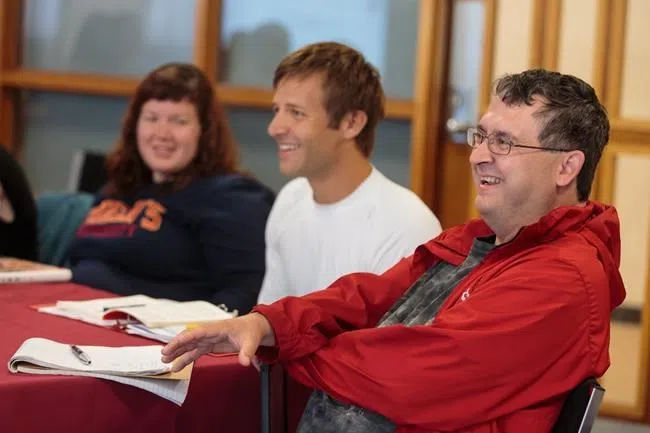
Northern communities struggle to recruit and retain teachers: advocates
VANCOUVER — The first year Clint James worked as a teacher in northern Ontario, a student asked him in October whether he was coming back after Christmas.
It’s a sadly familiar question for educators in remote communities. A decade later, James leaves personal items in the classroom over the holidays to let the kids know he isn’t leaving them.
“The kids see teachers come and go so often,” he said. “A lot of times kids are afraid. They need that constant presence in their lives that they sometimes don’t have.”
As La Loche, Sask., mourns the loss of two teenage brothers and two educators in a shooting allegedly carried out by a young man, community leaders have raised the alarm about a chronic lack of resources for youth.


